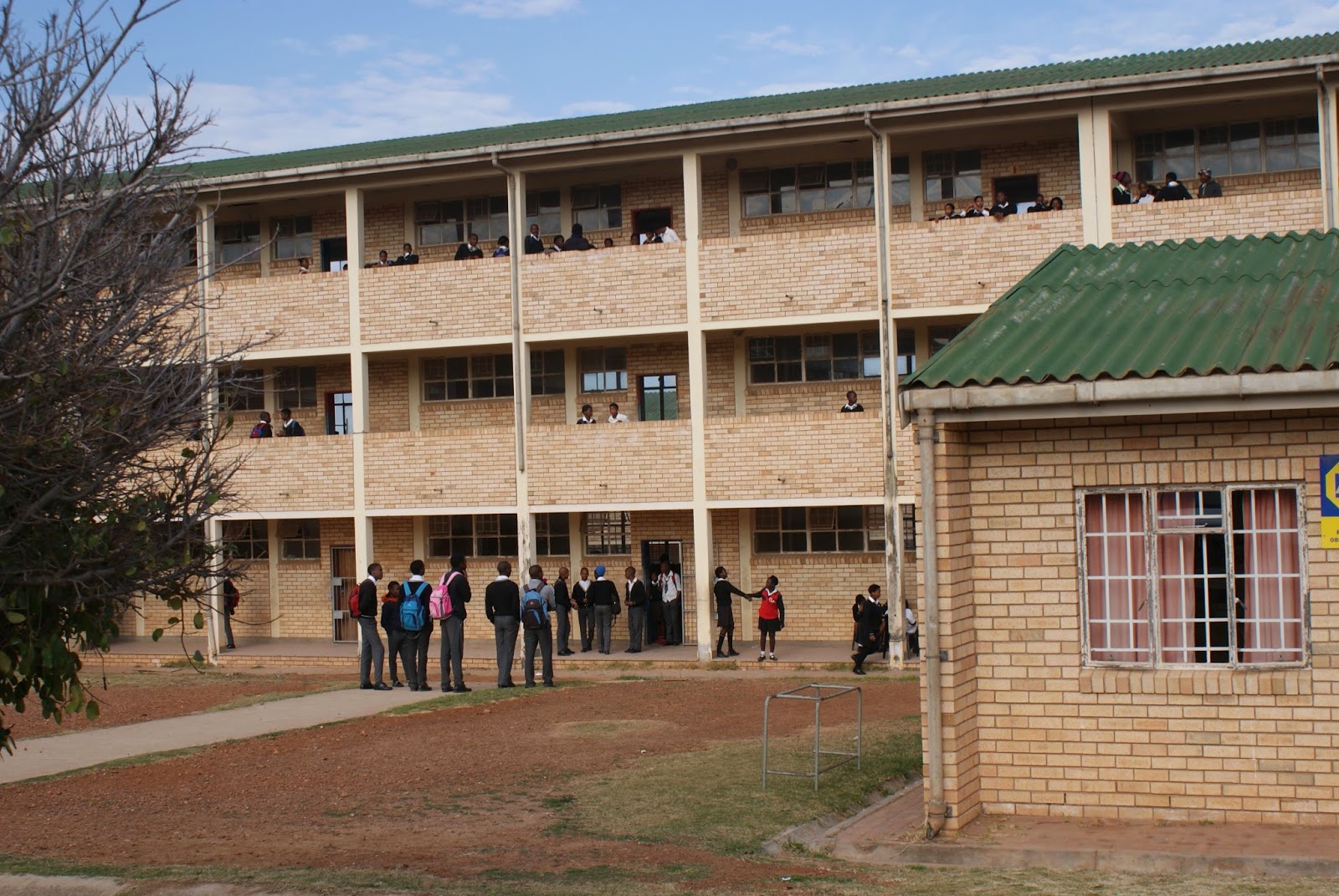As
I reflect on the living conditions in the townships, many black South Africans
live in challenging situations. In
Emafini Primary School, all students are detrimentally poor. Many lived in containers with no indoor
plumbing or electricity. When they get
home, survival is their focus not homework.
Furthermore, this school had little to no instructional resources such
as a few desktop computers with slow internet connection, chalkboards in
classrooms, and a small library with donated books. Conditions were bad. Many of the students walked several miles to
school. Even though, the school building was not inviting or clean, it was
obvious that the staff members at Emafini Primary School are caring and
inviting adults for students. Most
students had a zeal for learning and were smart. I taught several math lessons and students
were eager to participate and would quickly understand concepts. I believe education is a lever to life’s
opportunities for improvement. However,
socio-economics and teachers’ content knowledge are major factors that have a
negative impact on the teaching and learning process.
A
dual education system with great inequalities put black South Africans at a big
disadvantage. Educational reform efforts
by the Department of National Education (DNE) in the early 1990s were
unsuccessful because it did not address policy implementation issues and the
National Eductional Policy Investigation (NEPI) lacked understanding of the
complexities in the policy development process (Cross, Mungadi & Rouhani,
2002). However, key features of the Curriculum
2005 removed racial content, embraced equality, democracy and equity, supported
the integration of education and training and focused on outcomes. Even though, this was a major step for the
country, the curriculum process has shortcomings that were evident in my visit
such as lack of alignment between curriculum development, teacher development
and the supply of supporting materials (Cross, Mungadi & Rouhani,
2002). Several teachers at Emafini Primary School did
not have a conceptual understanding of topics in their content. As a result, those teachers focused on
procedural knowledge and simplistic questions.
As I worked with my partnering teacher, we collaborated on several
mathematical concepts and I explained how different concepts were interconnected. I helped him gain a conceptual understanding
of several concepts especially fractions.
Also, when I reviewed the grade 5 student booklet that was developed by
the DNE, it focused on rote memorization of mathematical procedures and solving
problems. There were very few problem
solving tasks in the booklet. Also I was
told that there were not enough booklets for all students. The
misalignment between materials, teacher knowledge and the intent of the
curriculum will continue to be a stumbling block for poor black South Africans. These issues must be resolved in order for
their world to be transformed through educational opportunities for college or
a career.
References
Cross, M., Mungadi, R. & Rouhani, S. (2002). From policy to practice: curriculum reform in South African education. Comparative Education, 38(2), 171-187.


























